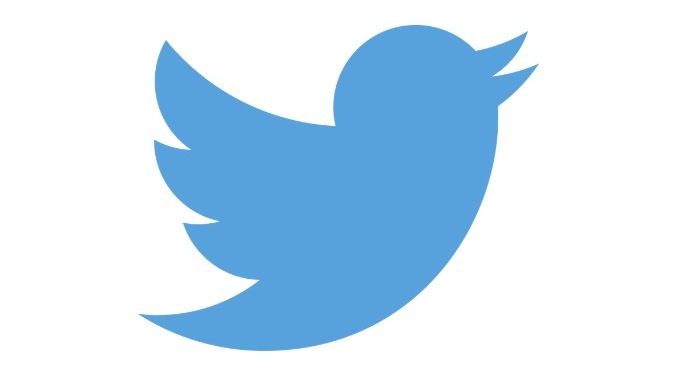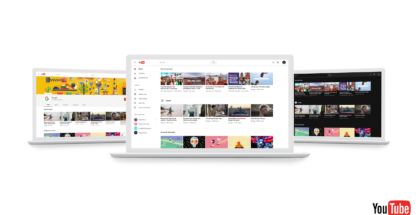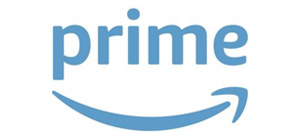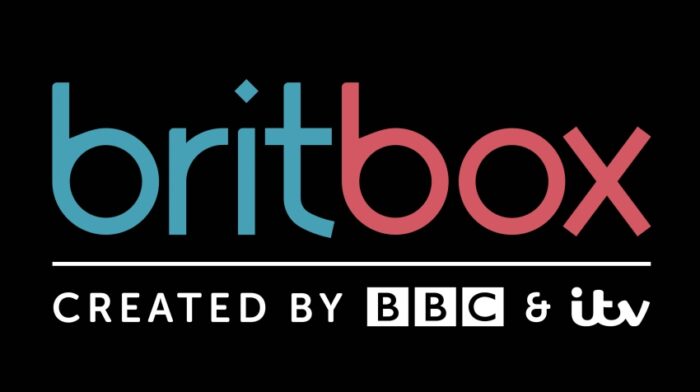YouTube killer? Details revealed about Twitter’s video service
David Farnor | On 04, Jan 2015
Details have been revealed about Twitter’s video service.
The plans, which were first announced by Twitter last year, mark the social network’s latest step to increase its presence in the video sector – a move that puts it in direct competition with YouTube.
Online video, particularly online video advertising is a booming business, with a recent report by Group M forecasting the UK to become the first country in the world where more than half of advertising spend goes on digital media. While YouTube has been raking in the advertising income for some time, though, other companies are looking for a piece of the pie. Indeed, Facebook has been increasingly emphasising its native video platform, meeting with YouTube producers and creators to determine what content could be published on Facebook. Twitter, meanwhile, has aligned itself carefully with TV, even premiering ABC’s Selfie directly on the social network last August.
Now, Twitter is launching its own native video platform, which will allow the uploading of videos up to 10 minutes long.
“We brought videos, Vines and GIFs into the home timeline, and introduced features that let you post multiple photos, tag people in photos and express yourself using emojis,” Kevil Weil, VP of Product, said last November. “To showcase all of this media, we launched a new profile design. We also introduced a new way for partners to share premium video and audio on Twitter, so you can preview and play with just one tap.
“But aside from just watching video more easily on Twitter, you should be able to record, edit and share your own videos natively on Twitter too. Alongside short looping Vine videos, we think you’ll have fun sharing what’s happening in your world through native video. You can expect to see this in the first half of next year.”
One Twitter user (@danielraffel) has stumbled across an FAQ revealing further details.
Twitter video will allow advertisers and users to upload videos directly to YouTube in MP4 and .mov formats (as well as .png and .jpg thumbnails).
Publishers will not be allowed to edit their video posts – at least, not during the first iteration of the platform – although Twitter is keen to encourage the highest possible quality footage.
“At this time we do not have a file size limit when uploading,” says Twitter. “As such, we are encouraging partners to use the highest resolution source video, to create the most optimal user experience. However, keep in mind that the larger the source file, the longer it will take to upload and process.”
“The source video bitrate should be as high as possible. We recommend a video bit rate of at least 5000k bits, and the audio bitrate should be 128k.”
Twitter also asks that frames per second are preserved as per the original source material.
Videos can be tweeted immediately, or saved – hidden from followers – to be used as part of an advertising campaign. Indeed, the social network is keen to highlight the opportunities for advertising through video, with brands signed up to Amplify able to include ads in their videos.
The most important part of Twitter’s strategy to establish itself as a YouTube rival, though, is to ensure that video posts cannot be created with posts from the other site. While Facebook is popular as a platform for direct publication of videos, for example, it is more popular as a platform for sharing videos from YouTube – a fate that Twitter is keen to avoid, especially if it is to maximise any advertising revenue. For those using its video tool, then, all footage must be uploaded to – and hosted by – Twitter.
“The same video that was uploaded to YouTube can also be uploaded to Twitter, but you cannot reuse the YouTube URL with the Twitter video player,” explains the FAQ.
Twitter will also offer detailed analytics to video publishers, tracking video quartile completion rates (i.e. if someone watched the first 25%, 50%, 75% or the full 100% of a video). These can be viewed as overall counts or broken down between Promoted vs. Organic traffic.
What do you think? Could Twitter’s video service be a YouTube killer?




















